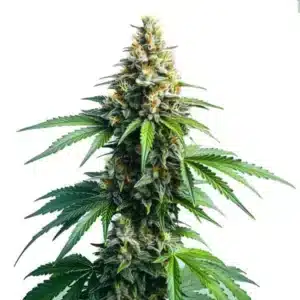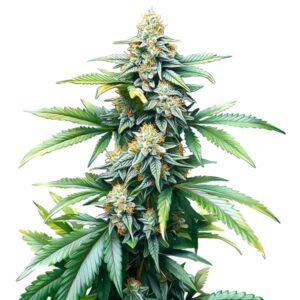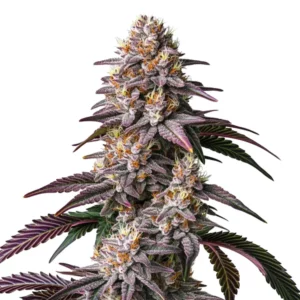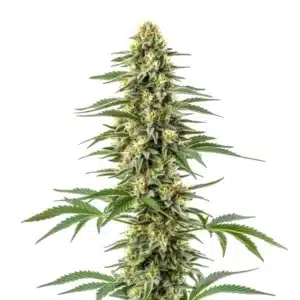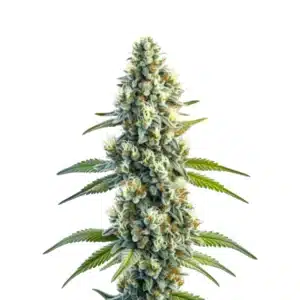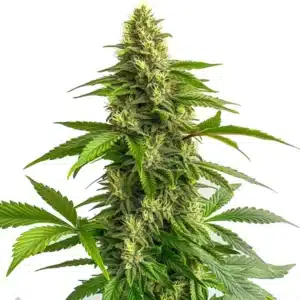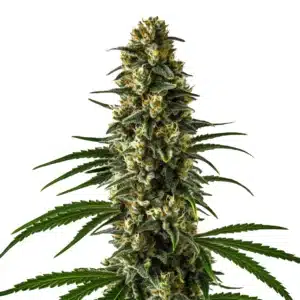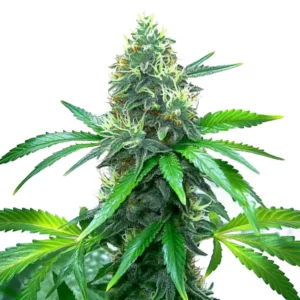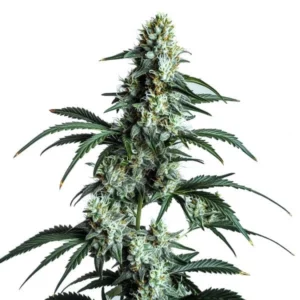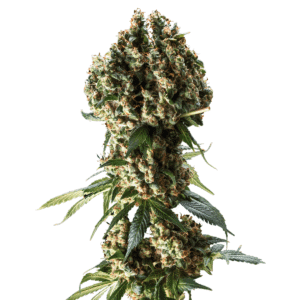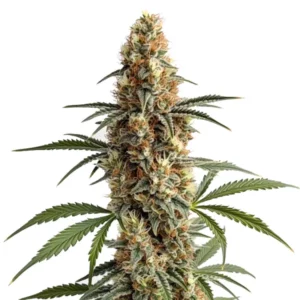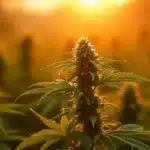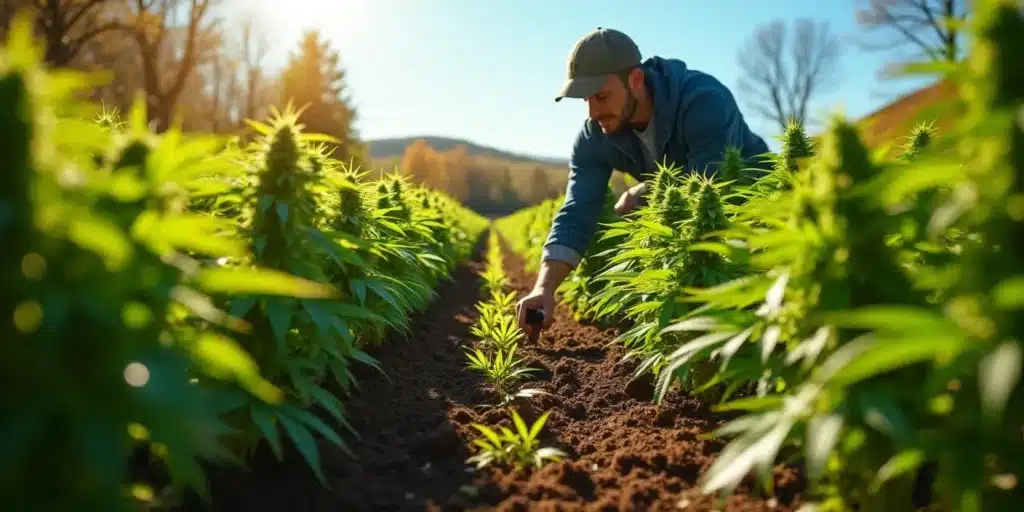
Growing Photoperiod Cannabis Outdoors
Growing photoperiod outdoors can be a profoundly satisfying endeavor. With the right guidance and a bit of patience, even those new to cultivation can reap the rewards of healthy plants. This article serves as a comprehensive guide to the essentials of growing photoperiod cannabis outdoors, covering everything from initial planting to the harvest process. Whether you’re dreaming of that first sprout or eagerly anticipating your harvest, let’s dive into this exciting journey together!
What is Photoperiod Cannabis?
Photoperiod cannabis plants are special in that they require changes in light exposure to transition through their growth stages. Unlike their autoflowering counterparts, which begin to flower based on their age, photoperiod strains depend on specific light cycles. Typically, these plants thrive on about 18 hours of light per day while growing, but as they enter the flowering phase, they need 12 hours of uninterrupted darkness to stimulate the flowering process. This light regulation is key to achieving robust growth!
Recommended Strains
Afghan Kush
|
|
THC | 16% - 21% (Medium) |
|
|
Type | Feminized |
|
|
Yield | Medium |
|
|
Phenotype | 90% Indica / 10% Sativa |
Afghan Kush Regular
|
|
THC | 18% - 22% (Medium) |
|
|
Type | Regular |
|
|
Yield | Low |
|
|
Phenotype | 90% Indica / 10% Sativa |
Knowing how light affects your plants can make a world of difference. For example, when growing photoperiod outdoors, some gardeners find it fascinating that plants can “sense” the onset of shorter days as summer fades into autumn, prompting them to begin flowering. Observing these natural cycles can enhance your connection with your plants and improve your cultivation outcomes. how light affects your plants can make a world of difference. For example, some gardeners find it fascinating that plants can “sense” the onset of shorter days as summer fades into autumn, prompting them to begin flowering. Observing these natural cycles can enhance your connection with your plants and improve your cultivation outcomes.
Light Requirements
Light is not just a necessity; it plays a vital role in the development of cannabis plants. During the vegetative stage, having ample natural sunlight or artificial light helps the plants grow strong and bushy, full of vibrant green leaves. As your plants begin to transition into the flowering phase, maintaining a consistent light cycle becomes crucial. A hiccup in the light schedule might lead to delayed flowering or, in the worst-case scenario, the emergence of hermaphroditic traits. This can be disheartening, so keeping a close eye on your lighting schedule is essential.
If natural sunlight is scarce in your area, or if you’re growing indoors, consider investing in high-quality full-spectrum grow lights. These lights, designed to mimic sunlight, encourage healthy growth and can drastically boost yield. With the right investment, you’ll set the stage for a flourishing garden!
Choosing the Right Strains
Remember, not all photoperiod strains are equally resilient or well-suited for outdoor growth! When growing photoperiod outdoors, selecting the best strain is one of the most critical steps in your growing adventure. Some outdoor-friendly photoperiod strains that have earned a reputation for thriving include:
- Blue Dream: Celebrated for its delightful sweet berry aroma and balanced effects, this strain has become a go-to for many growers.
- Girl Scout Cookies: A crowd-pleaser with an incredible flavor profile that combines mint, chocolate, and sweet dough notes.
- OG Kush: Known for its earthy scent and strong effects, making it a preferred choice among experienced cultivators.
These strains are not just popular; they’ve proven to be resilient and capable of flourishing in a variety of outdoor environments. It’s important to choose a strain that aligns with your region’s climate for the best possible results. When you pick a suitable strain, you’re already setting the stage for a successful harvest!
Promos & Deals
Preparing for Outdoor Growth
After you’ve made your strain selection, the next step involves preparing for outdoor cultivation. The growing season can differ substantially depending on your location. Understanding local climate patterns is vital for effective cultivation. Generally, the growing season spans from spring through late summer or early fall, and timing is everything!
Getting familiar with your region’s seasonal changes not only helps you plan when to plant but also prepares you for hurdles during growth. For instance, knowing when to expect rain or temperature shifts can aid in better decision-making regarding watering and pest control.
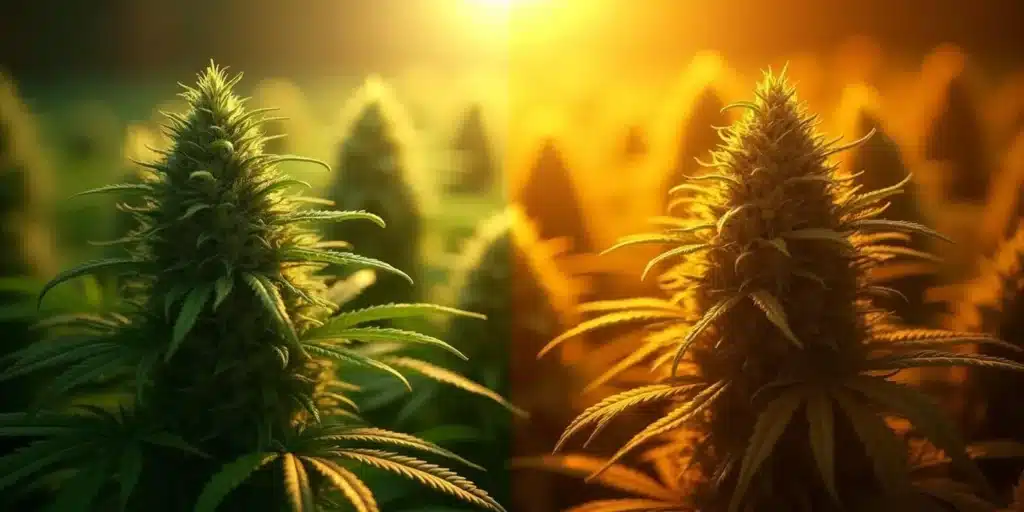
Soil and Nutrients
The soil you choose is foundational for healthy plant growth. Ideally, cannabis thrives in well-draining soil that’s rich in organic matter. Before you even think about planting, it’s a good idea to perform a soil test to check its pH and nutrient content. This can guide you in amending your soil for optimum health!
When growing photoperiod outdoors, incorporating compost or organic fertilizers can supply essential nutrients throughout your plants’ developmental stages. During the vegetative phase, using a nutrient-rich mix high in nitrogen helps promote strong leaf and stalk growth. As flowering begins, transitioning to a blend rich in phosphorus and potassium is vital to support robust bud development. Noticing how your plants respond to the nutrients can also help deepen your understanding of their needs.
Pest Management
Outdoor growers often encounter pest-related challenges, which can be frustrating but manageable. Common pests like aphids, spider mites, and caterpillars can wreak havoc on your plants if left unchecked. One great strategy is to introduce beneficial insects like ladybugs into your garden, as they can naturally control pest populations without harsh chemicals.
Regularly inspecting your plants is critical. Look for any unusual leaf spots or webbing, as these can be telltale signs of an infestation. Adopting a proactive approach to pest management can save you time and stress down the line and keep your plants happy and healthy.
Watering Techniques
Water is a lifeline for cannabis plants, and understanding your plants’ hydration needs can mean the difference between success and failure. Both overwatering and underwatering can create a host of issues, including root rot and dehydration. Generally speaking, cannabis plants perform best when allowed to dry out slightly between waterings rather than sitting in consistently moist soil.
Learning to read your plants can help you adjust your watering techniques effectively! If your plants are droopy or have yellowing leaves, it might be time to reassess your watering schedule. It’s all about finding that sweet spot where your plants thrive!
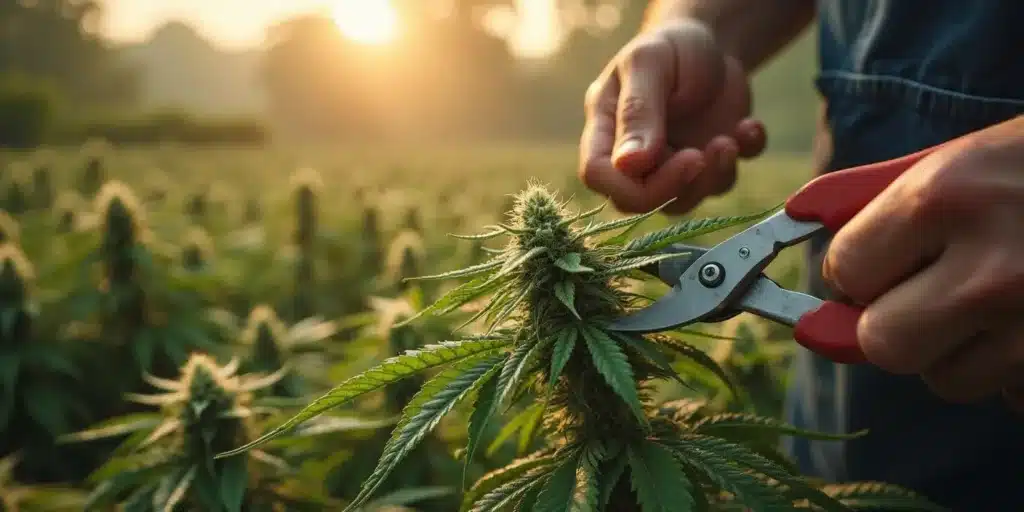
Signs of Water Stress
Being attuned to the signs of water stress can significantly improve your plants’ health. Yellowing leaves often point to overwatering, while droopy leaves might suggest they’re thirsty. When growing photoperiod outdoors, these signs are especially important to monitor, so take a moment to evaluate your watering practices and adjust as needed.
Implementing mulch can be an excellent way to conserve soil moisture, regulate root zone temperatures, and suppress weeds. Using organic materials such as straw or wood chips not only helps to retain water but also improves soil health as they break down over time.
Establishing a Watering Schedule
Creating a consistent watering schedule can also lead to flourishing plants. Generally, watering every few days is effective, though this could vary based on the weather, size of the plants, and soil type. Observing the moisture level of the soil is crucial; a simple finger test can tell you if it’s time to water again.
If you have a larger garden, consider using a drip irrigation system. This efficient method conserves water while ensuring each plant receives the ideal amount of moisture, all without disturbing the soil too much. A well-planned watering strategy can make all the difference in your garden’s success.
Flowering and Harvesting
As your plants receive the correct light cycle, they will enter the flowering phase. When growing photoperiod outdoors, this stage is typically marked by a change to 12 hours of light per day. Many growers become excited as they start noticing significant changes in plant structure and fragrance during this time!
Being observant during this phase can help you gauge the health and readiness of your plants for the harvest. Regularly checking your plants not only keeps them healthy but also builds your intuition about when your plants are at their peak!
Staying Vigilant During Flowering
Attention to detail is crucial during the flowering stage. Regular tasks like pruning away any dead leaves and watching for pests helps maintain optimum health as your plants develop their buds. Additionally, as buds grow heavier, supporting branches with stakes or trellises can prevent them from breaking under the weight!
Monitoring trichome development is also essential for determining the ideal harvest time. Many growers seek to harvest when trichomes have a milky appearance for peak potency, while others may prefer a slightly amber look if they’re aiming for a more relaxed and soothing effect.
Harvesting Techniques
When it’s finally time to harvest your plants, handling them with care is paramount. Use clean, sharp tools for cutting to avoid damaging the plant. Many growers find that harvesting in the early morning, when humidity levels are lower, helps preserve the quality of the buds.
Don’t overlook the importance of drying and curing after the harvest. Whether you’re growing photoperiod outdoors or indoors, properly drying your buds can prevent mold and help maintain flavor. Hanging branches upside down in a cool, dark space with good airflow will do the trick. After drying, transferring your buds to airtight containers for curing will enhance their quality over time, leading to a delightful experience when it’s time to enjoy your harvest!
Common Challenges and Solutions
Every gardener faces challenges, especially when growing outdoors. Weather fluctuations, pests, and other environmental factors can introduce hurdles. The key is to have a plan in place to navigate these risks effectively.
Being equipped with knowledge and strategies will help you tackle various issues as they arise, turning potential setbacks into learning opportunities for future growth endeavors. This adaptability is part of what makes gardening such a rewarding pursuit!
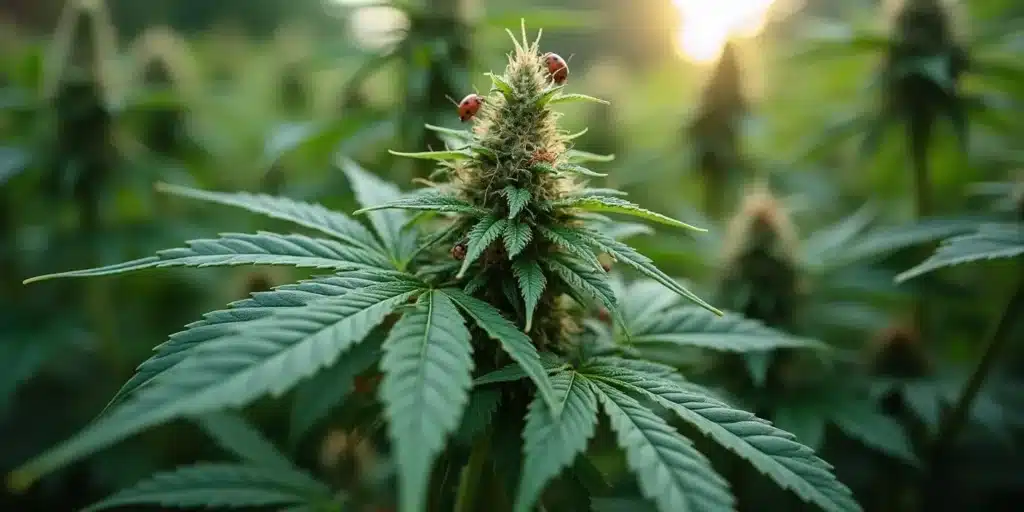
Weather Changes
Unpredictable weather can have a dramatic effect on your plants. Heavy rain can lead to issues like mold, while strong winds may damage delicate branches. Having a strategy for unexpected weather changes will allow you to act quickly to protect your plants.
Utilizing protective covers or even greenhouses can shield your sensitive plants from harsh conditions. Being informed about seasonal weather patterns and forecasts will empower you to prepare effectively for the changes that come with each season.
Pest Control Solutions
Pest issues can arise at any time during the growing season, especially when growing photoperiod outdoors, even with preventive measures in place. If you notice signs of an infestation, don’t waste time—act swiftly. There are many organic pesticides available that can help manage pest populations, but make sure to choose products suitable for cannabis plants.
Maintaining healthy soil through compost and beneficial microbes can also discourage pests. Remember, well-nourished plants are inherently more resilient to attacks. When plants are flourishing, they are better equipped to withstand challenges, helping you avoid unnecessary stress.
FAQs
What is the best time of year to plant photoperiod cannabis outdoors?
The ideal time for planting photoperiod cannabis outdoors generally falls between late spring and early summer. This timing harmonizes with long daylight hours, fostering healthy vegetative growth before the plants transition into the flowering phase.
How do I know when to harvest my cannabis plants?
Determining the right moment to harvest is crucial for achieving the desired effects. Pay attention to the trichomes on the buds, they should mostly be milky white, with some starting to turn amber for optimal potency. Many growers aim for a blend of cloudy and clear trichomes to strike the right balance.
Can I grow cannabis in any climate?
While cannabis can adapt to a variety of climates, it’s vital to select strains that align with your local environment. Warmer regions with extended summers typically offer the best conditions for photoperiod varieties, while colder or unpredictable climates may introduce potential complications.
What are the signs of nutrient deficiencies in cannabis plants?
Signs of nutrient deficiencies might include yellowing leaves, stunted growth, and discoloration. For instance, nitrogen deficiency often manifests as yellowing of older leaves, whereas potassium deficiency can lead to browning at leaf edges. Regular monitoring and soil testing are key strategies for maintaining balanced nutrition!
How to store harvested cannabis?
Properly storing harvested cannabis is vital for preserving quality. Use airtight containers and keep them in a cool, dark location. Avoid exposure to light and humidity to prevent the development of mold and ensure the longevity of your valuable buds.


